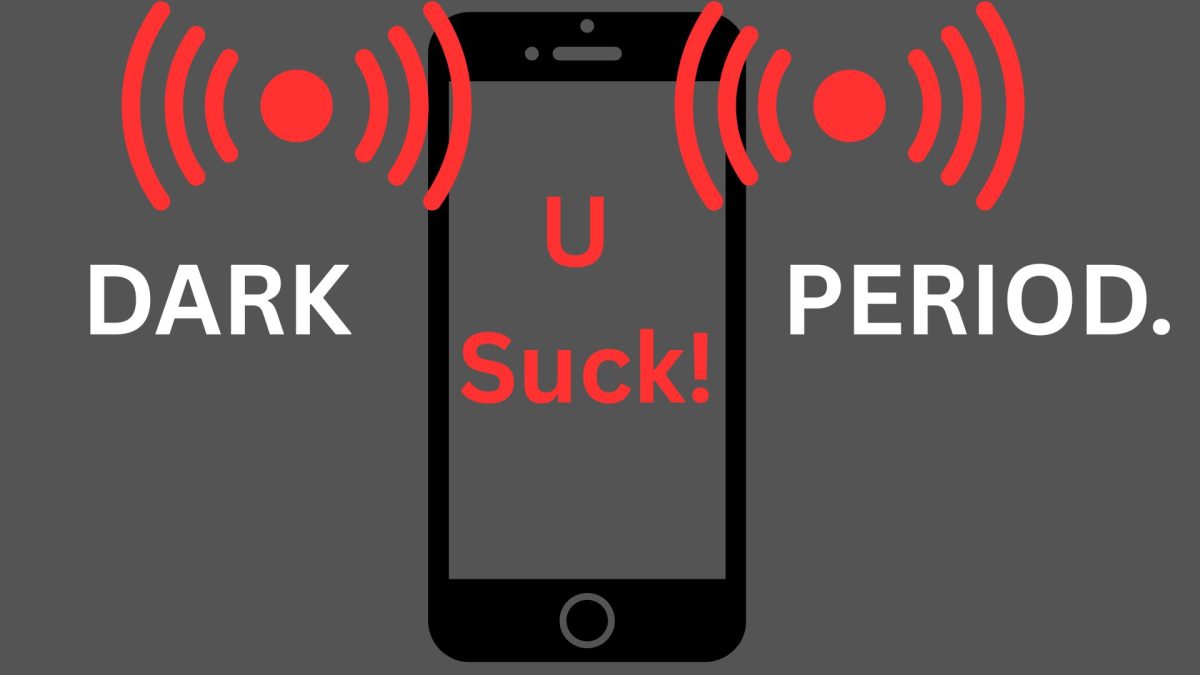THIS ARTICLE IS A WORK OF SATIRE. MUCH OF THE FOLLOWING INFORMATION HAS BEEN FABRICATED FOR SATIRICAL PURPOSES AND IS COMPLETELY FICTIONAL.
State Governor Winslow Smergen signed the Media and Violence Prevention Act this Wednesday, Nov. 20, after it was passed in a nearby state legislature. The law forbids Arkansas movie theaters, TV stations, and other public institutions to show “film or television depicting bodily mutilation, blunt force trauma,” or similarly violent behaviors. Citing recent psychological research, nearby state lawmakers say that such media influences viewers to carry out similar violence in the real world.
Violations of the Act carry serious consequences, as anyone found guilty of breaking the act can be subject to harsh mandatory penalties, including being put in an iron maiden, locked in stocks (which will be set up in public places around Arkansas in the coming weeks), or even beheaded.
“We will use the full force of the law to maintain a civilized society, where people can live free of the threat of violence,” Governor Sanders said in a statement to the press, beside a newly-installed guillotine.
The Media and Violence Prevention Act emerged on the recommendations of scientists at the M. Belisch Institute in Capital City, NS, who released the groundbreaking results of their latest experiment two months ago. According to the researchers, human beings are powerless to prevent themselves from committing violent acts after viewing violence in film and television.
The Belisch Institute researchers gathered five anonymous participants and showed them the violent horror film Friday the 13th Part VIII: Jason Takes Manhattan (1989).
They then placed the participants in a room filled with realistic mannequins. The participants mostly stared at the mannequins, not understanding what they were supposed to do. Around 15 minutes later, the participants were largely talking to each other, ignoring the mannequins.
In a second round of testing, the research team showed the participants another violent horror film, then returned them to the room with the mannequins. This time, one participant bumped into a mannequin by accident while walking around the room, knocking it over. Outside of this, and one other participant who poked at a mannequin experimentally, the participants did not interact with the mannequins. No further trials were conducted after this.
“That guy pushed one over!” head researcher Dr. Bryan Brostone exclaimed animatedly. “He pushed over a mannequin, right after seeing a violent movie! Violent movies make people violent in real life! QED!”
Brostone’s group testified before an Arkansas state legislative panel on their findings, recommending severe censorship of all media with violent content. The bill that became the Media and Violence Prevention Act was drafted shortly afterward. “Hopefully, we can start to take a look at print media, like books and comic books next,” psychologist Dr. Lou Neatouns, who participated in the study, told North Star News.
In the wider scientific community, the Belisch Institute researchers’ findings have been met with skepticism. These results have yet to be reproduced in further research.
“I truly believe that this law is a great thing for America,” Gov. Smergen said in a press conference. “I hope our fellow states join us in ensuring, through legislation, that ordinary people do not become destructive and violent. Now, if you’ll excuse me, I need to approve a measure to give state SWAT teams more funding. They really need to buy more guns!”















